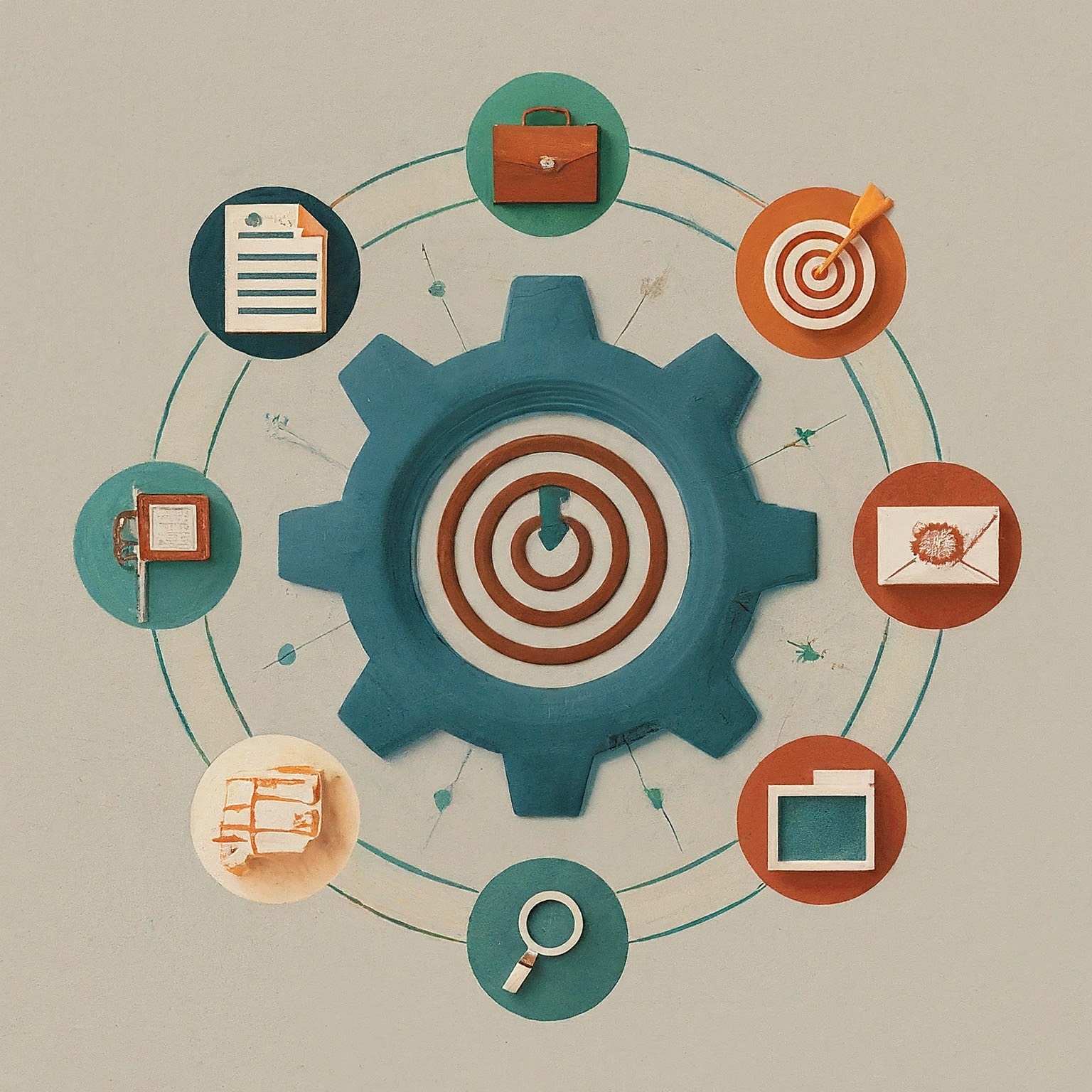The winds of change are blowing through the B2B marketing landscape. With the third-party cookie sunsetting, traditional audience targeting methods are fading. But fear not, fellow marketers! This isn’t the end of personalized marketing – it’s an evolution.
The key to success in this new era lies in building a robust martech stack that prioritizes first-party data and leverages privacy-compliant solutions. Here’s how the right tech stack empowers B2B marketers to navigate the post-cookie world:
1. Building a First-Party Data Powerhouse:
Gone are the days of relying on borrowed data. Now’s the time to invest in collecting and enriching your own customer data. Your martech stack should include:
- Customer Data Platform (CDP):
- Examples: Adobe Experience Platform, Salesforce CDP, Oracle Unity Customer Data Platform
- A CDP acts as a central hub for all your customer data, unifying information from website visits, CRM systems, and marketing automation platforms. This unified view allows for personalized messaging across channels.
- Content Management System (CMS):
- Examples: WordPress, Drupal, HubSpot CMS Hub
- Your CMS is the foundation of your online presence. Choose one that allows for personalization features like dynamic content based on user behavior and segmentation.
- Marketing Automation Platform (MAP):
- Examples: HubSpot Marketing Hub, Pardot, Marketo Engage
- An MAP allows you to nurture leads with targeted email campaigns, personalized landing pages, and automated lead scoring. Look for features like progressive profiling to capture additional data during interactions.
2. Contextual Targeting Takes Center Stage:
With limited access to individual user data, contextual targeting becomes paramount. Your martech stack should include:
- Account-Based Marketing (ABM) Platforms:
- Examples: Terminus, Demandbase, Engagio
- ABM allows you to focus marketing efforts on high-value accounts. Look for platforms that help you identify key decision-makers within target accounts and personalize outreach based on their needs.
- Intent Data Platforms:
- Examples: Bombora, G2 Buyer Intent, Leadfeeder
- These platforms provide insights into the buying intent of businesses based on online behavior. Leverage this data to target companies actively researching solutions like yours with relevant content and messaging.
3. The Rise of Customer Identity and Consent Management:
Building trust with your audience is vital. Your martech stack should equip you with:
- Customer Identity & Access Management (CIAM):
- Examples: Okta, Microsoft Azure Active Directory, Ping Identity
- A CIAM solution helps you manage user identities and their consent preferences. Look for features that simplify data collection processes and ensure compliance with privacy regulations like GDPR and CCPA.
- Consent Management Platforms (CMP):
- Examples: OneTrust, TrustArc, Cookiebot
- A CMP allows you to obtain clear and specific consent from users for data collection and usage. This empowers users and fosters trust in your brand’s data practices.
Integrated Marketing Suites:
While building a best-of-breed martech stack allows for maximum customization, it can also lead to integration challenges. Marketers looking for a more streamlined solution can consider integrated marketing suites that bundle multiple capabilities under one roof.
Here are some examples of All-in-One Marketing Suites:
- HubSpot: Offers a comprehensive suite including CRM, marketing automation, CMS, analytics, and service features.
- Salesforce Marketing Cloud: Provides marketing automation, email marketing, social media marketing, journey orchestration, and analytics capabilities.
- Adobe Marketing Cloud: Features a wide range of marketing solutions including analytics, campaign management, advertising, personalization, and content management.
Building Your Personalized Martech Stack:
There’s no one-size-fits-all solution. The ideal martech stack depends on your specific needs and budget. Here’s what you can do:
- Audit your existing tech stack: Identify tools that offer limited value in a post-cookie world and explore alternatives.
- Focus on integration: Ensure your chosen tools integrate seamlessly to streamline data flow and avoid information silos.
- Prioritize user experience: Choose tools that make it easy for users to manage their data and preferences.
The road ahead may seem uncertain, but with a well-curated martech stack and a focus on first-party data, B2B marketers can build stronger customer relationships, personalize experiences, and achieve success in the cookieless future.

